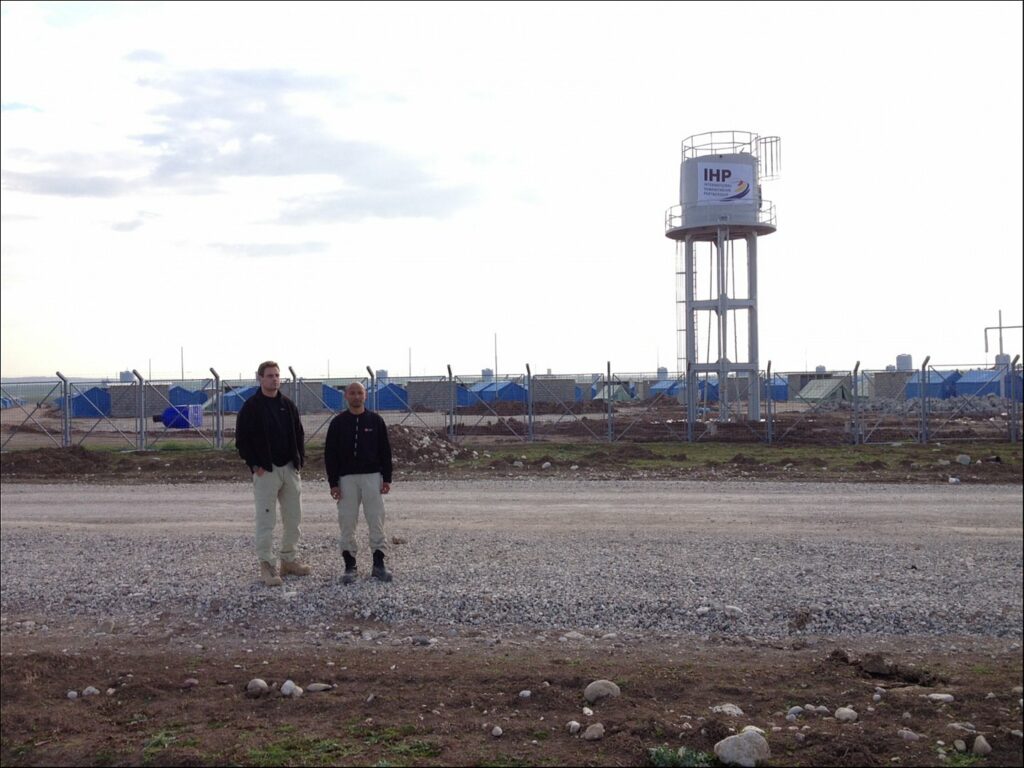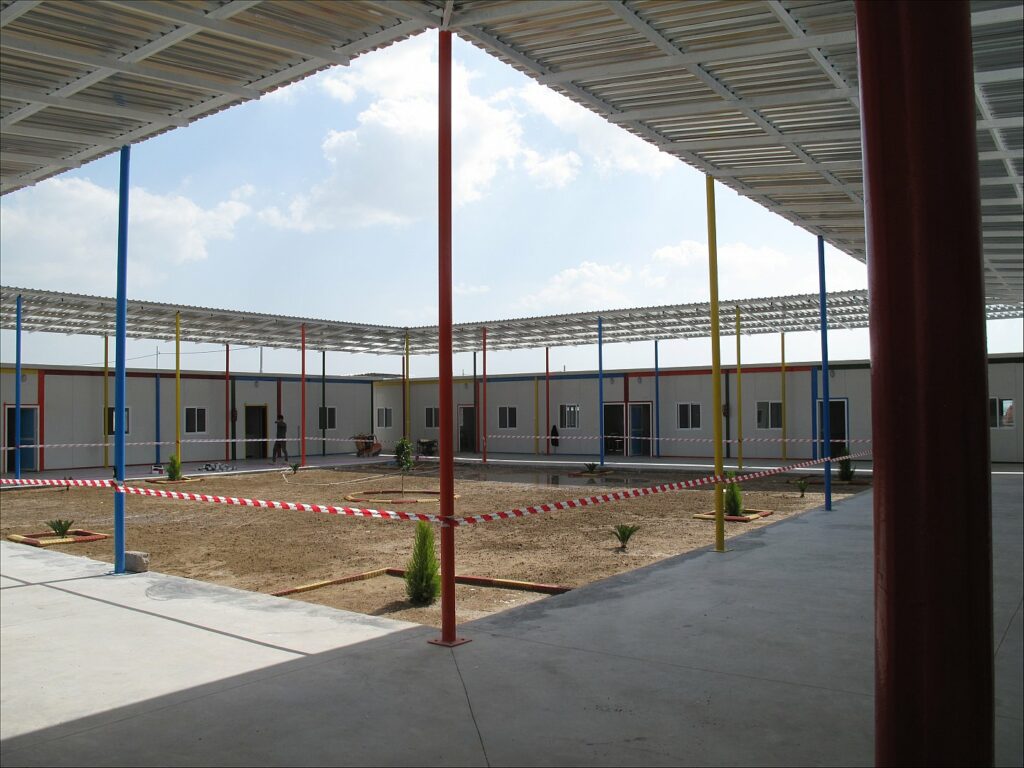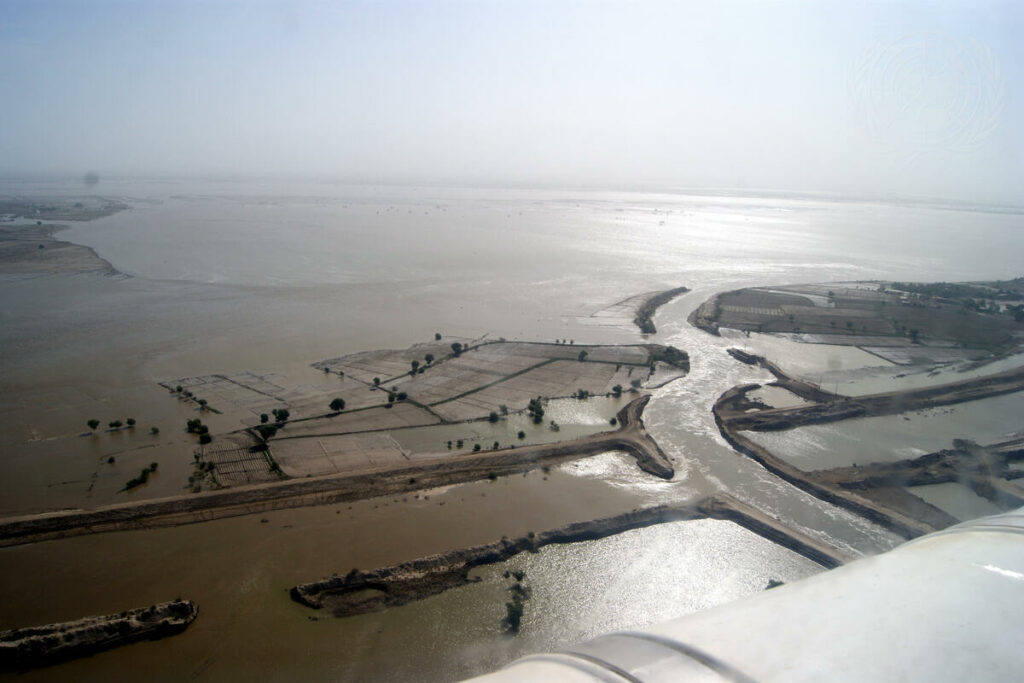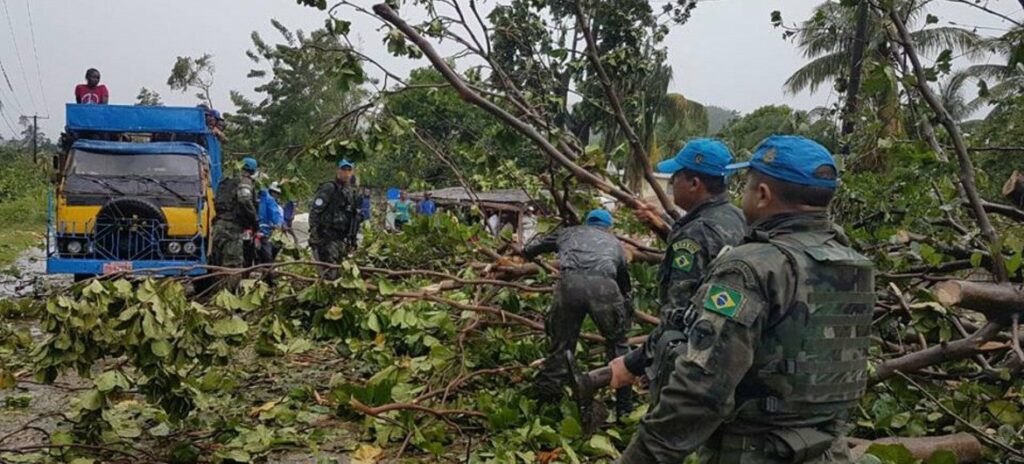The war in Iraq during 2014–2015, driven by the rise of ISIS, caused massive destruction and a severe humanitarian crisis. As the extremist group seized large territories, millions of Iraqis were displaced, fleeing violence in search of safety. By mid-2014, over 3 million people were internally displaced, many living in dire conditions with limited access to shelter, clean water, and basic services.
The situation was declared a Level 3 emergency by the Inter-Agency Standing Committee (IASC), reflecting the urgency and complexity of the crisis. In response, the International Humanitarian Partnership (IHP) was called upon by the United Nations High Commissioner for Refugees (UNHCR) to assist in establishing camps to house internally displaced persons (IDPs). One of the camps was constructed in Sheikhan, in northern Iraq.
Within 72 hours of UNHCR’s request, an IHP assessment team was deployed to the region. Working closely with UNHCR and local stakeholders, the team assessed camp sites and prepared for the arrival of essential equipment. On August 21, 2014, the first IHP aircraft landed in Erbil, carrying 170 emergency shelters and blankets to support displaced families.
Sheikhan camp was one of three camps designed to house 15,000 IDPs each. With contributions from IHP members—including DEMA (Denmark), DSB (Norway), DFID (UK), MSB (Sweden), and THW (Germany)—the partnership mobilized shelters, office facilities, power generators, and water equipment. IHP teams provided the technical expertise to construct the camps, ensuring they were operational as quickly as possible.






